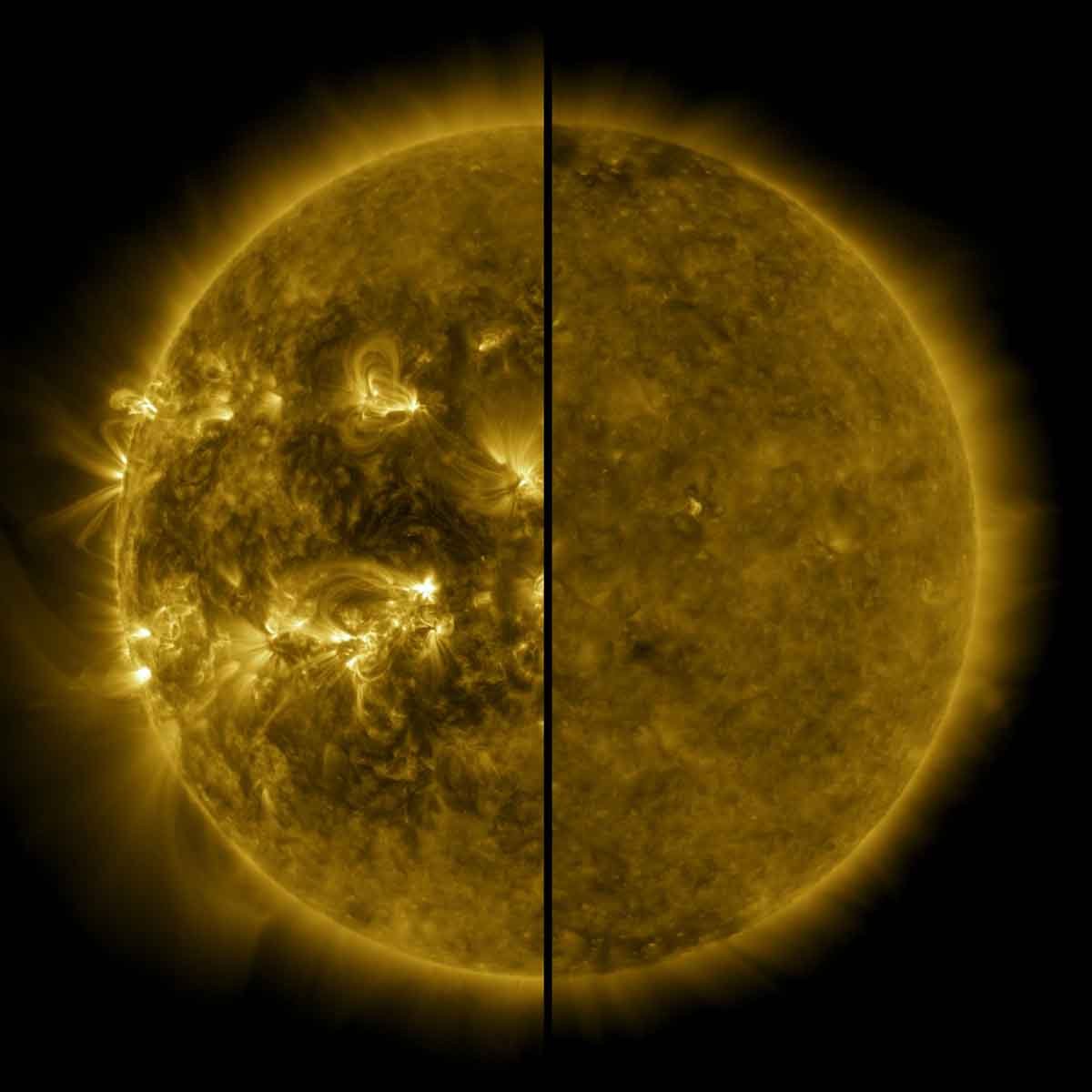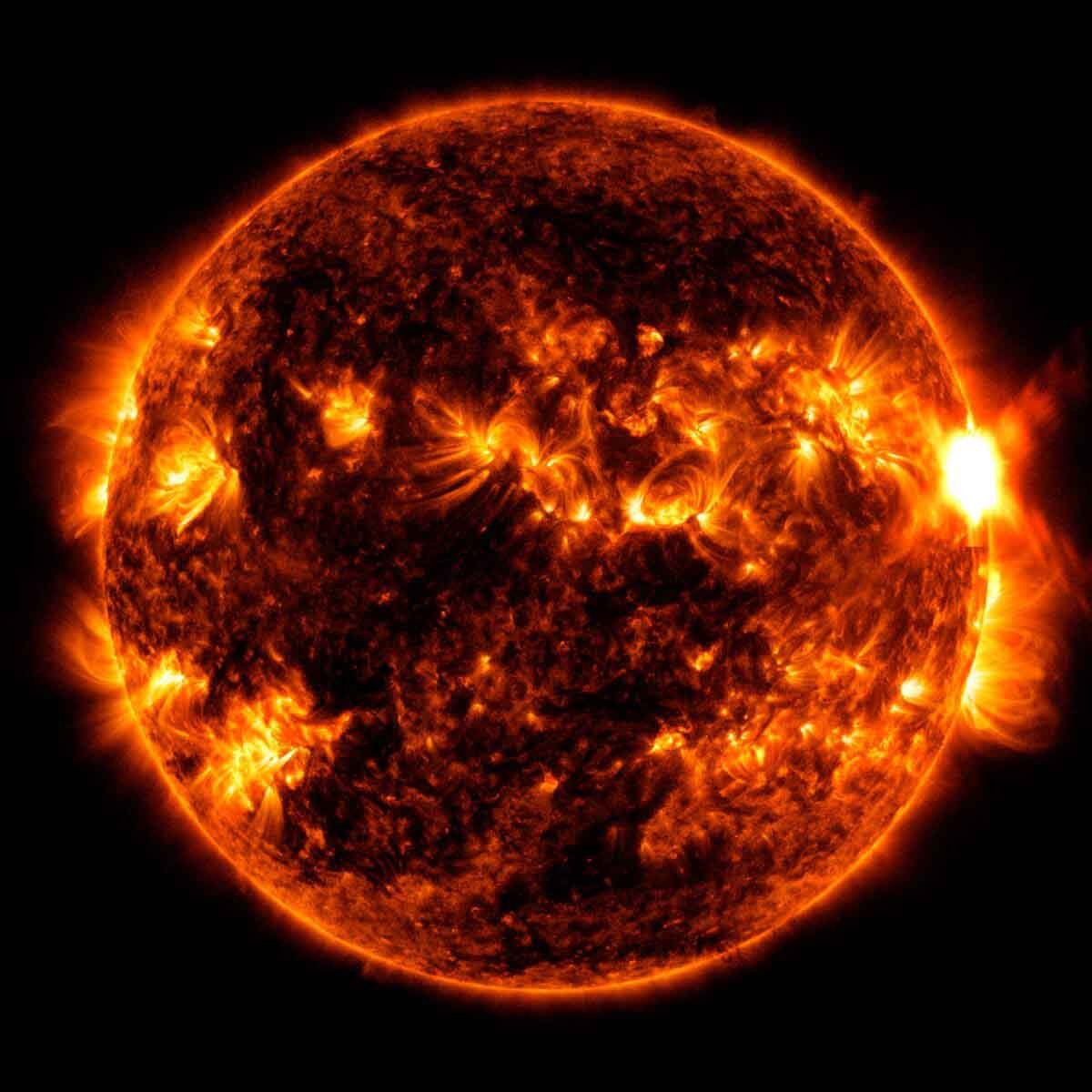Sun Flare Knocks Out Radio Transmission and We Should Expect to See More
A strong solar “X” flare caused disruptions in radio and navigation signals on Monday, August 8. According to solar physicist Keith Strong, Monday’s flare was a category three on the five-point scale created by the U.S. National Oceanic and Atmospheric Administration (NOAA). Space Weather Forecasters say we should expect to see more of these flares in the upcoming months “as the sun escalates toward the peak of its 11-year cycle.”

NASA defines a solar flare as our solar system’s largest explosive event when the sun releases an intense burst of radiation from the release of magnetic energy. These flares can last anywhere from a few minutes to multiple hours. When a solar flare hits the Earth, it can affect power grids, radio signals, satellite operations, and GPS signals.
When the sun reaches solar maximum, the magnetic fields become more complex. As a part of this 11-year cycle, we can see different variations in the way the sun interacts with Earth. At the solar cycles minimum activity is rare causing fewer sun flares. However, it is predicted that the peak of the current cycle we are in will take place in July 2025, leading to more solar activity. The last solar minimum was in December 2019.
The most recent solar flare peaked on Saturday, August 5 at 6:21 PM, according to NASA’s Solar Dynamics Conservatory. NASA is constantly watching the sun and was able to photograph the event.

The flare was classified as an X1.6 flare. X-class flares are the most intense on the scale that values various sun flames as C, M, and X. Though it was in the most intense category, it was on the lower end, SciTech Daily explains. The numbers on the scale range from 1-20.
Source: https://outdoors.com/sun-flare-knocks-out-radio-transmissions/







